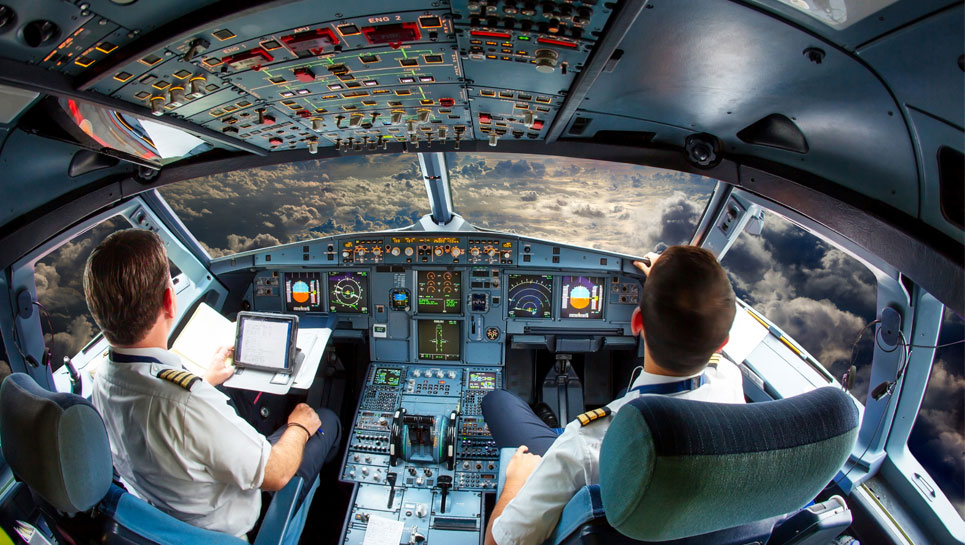
Michael Hsu is a pilot with many years of experience who, since 2008, has expanded his license and skills in many ways. For instance, he earned an instrument rating to expand his flight range and increase his abilities in his plane. People interested in becoming a pilot with an instrument rating may find it useful to compress these activities and earn them more quickly as a result.
Michael Hsu Examines This Process
Earning an instrument rating lets you fly cross-country by teaching you the different ways that airports work across the nation. It also helps you better understand how to fly a plane for that long and the various instrument processes you need to complete this task. Michael Hsu earned his instrument rating after getting his private license but states you can compress the two processes if you want.
For example, a typical standard pilot license includes passing eligibility requirements, getting a medical certificate, finishing a pilot program, doing a written test, and completing the private pilot checkride. However, instrument rating training includes the same basic steps with just an expansion of the hours you learn. For instance, standard licenses may take 60-75 hours, while instrument ratings take 90 or more.
The extra hours logged during this training focus on teaching you cross-country flying skills and important approach methods. Michael Hsu states that instrument ratings include understanding more specialized night flying procedures and the different approach options used by airports around the nation. These varying approaches differ wildly and can impact your overall flight training.
You will also take and pass separate exams related to general pilot training and more specialized instrument rating programs. For example, instrument training includes more intensive and detailed information about your control systems and the various ways that they impact cross-country flight. These include various radio communication procedures across the nation and the tools that are used.
So, how can you integrate an instrument rating training program into your initial licensing process? Michael Hsu suggests finding a respected training team that can handle both of these processes and letting them know what results you want from your program. They’ll focus on teaching you both basic piloting skills and later expanding your education to instrument rating processes.
They may also compress your in-air flight hours into your instrument rating process. For example, you need at least 250 aeronautical miles before you can get an instrument rating. Your training team may let you use your standard flying hours to apply to these miles. Note that they may also ask for separate miles, depending on their procedure. Michael Hsu explains that it never hurts to ask if this option is available.
Note that it is important to upgrade your training regularly after earning your license. Your pilot license is good for at least two years, with instrument rating needing a similar upgrade schedule. Updating includes occasional written tests, though you mostly pay a small fee to stay current as you do with a traditional car license.